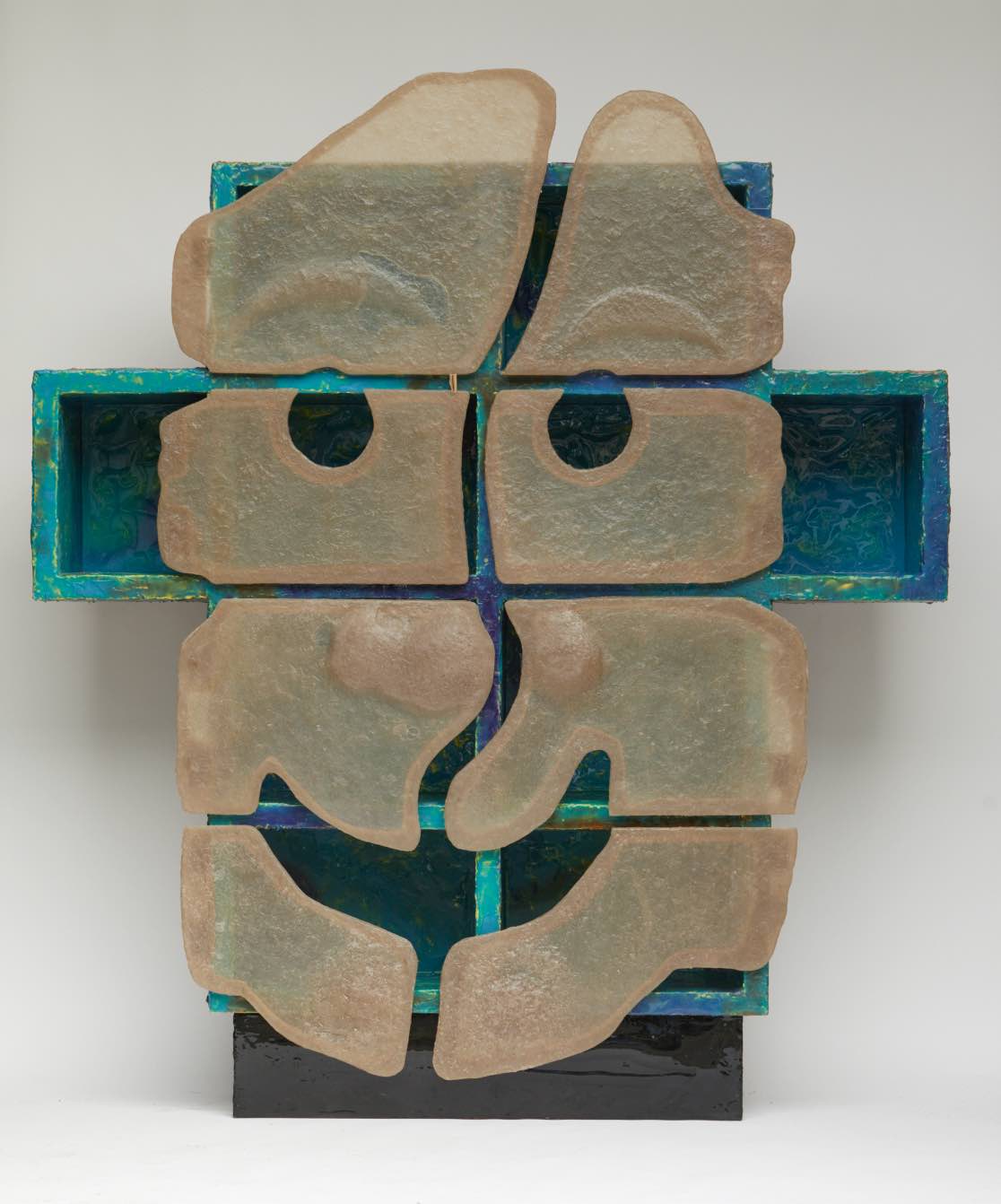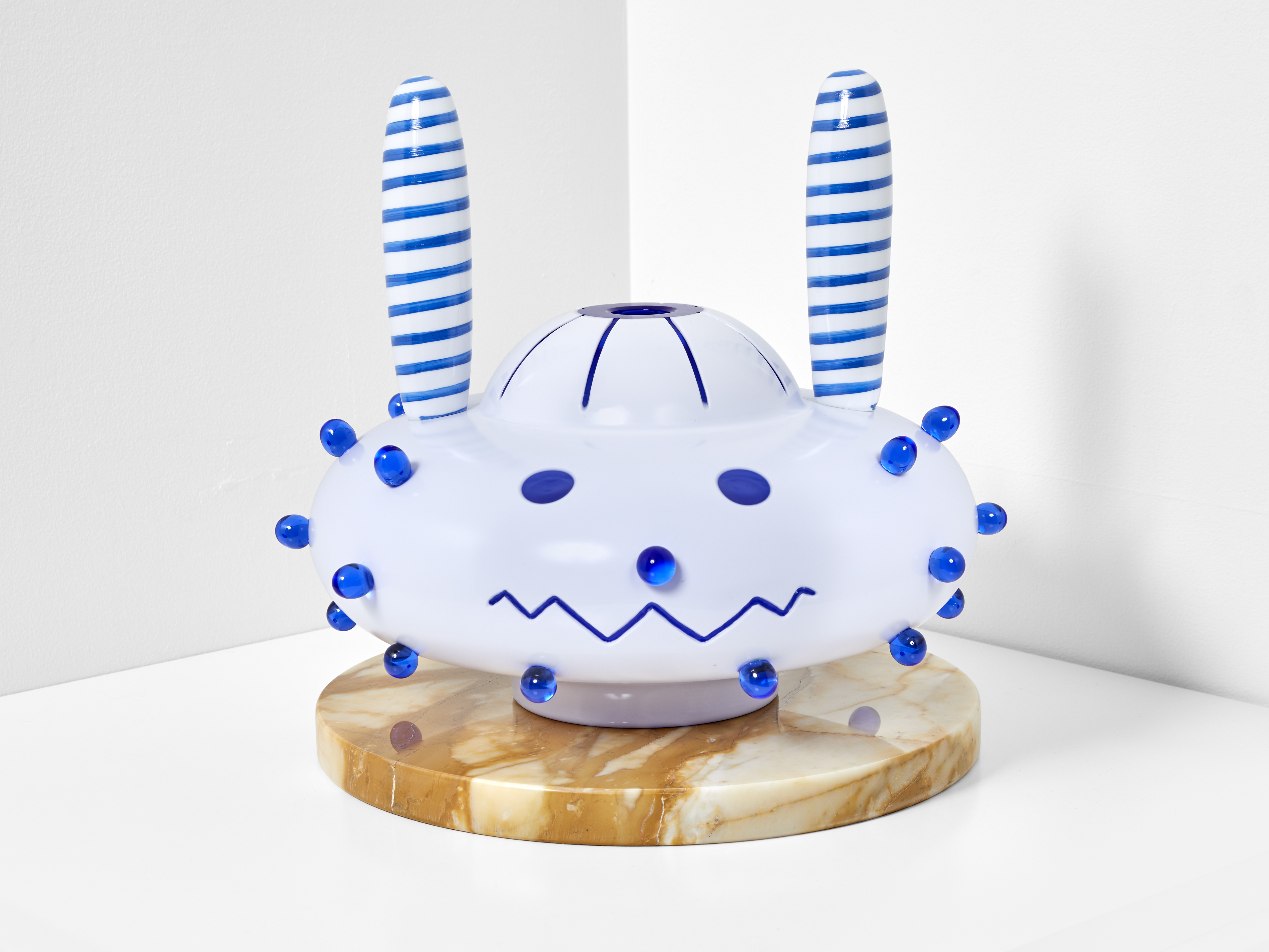Eyes and Ears and Mouth and Nose
There are many commonplace ways to interact with design: formal appreciation, visual arrangement, or simply through everyday use. Far less frequently do we think of the things around us not as possessions, but as companions. In the 1970s, Gaetano Pesce formulated a then-novel argument that this is precisely what designers should aim for: objects that meet us on equal terms, functioning in ways that are emotive, communicative, and narrative. While Pesce pursued various pathways to this goal, the simplest and most direct was figuration. When we look at our furniture, he reasoned, why should it not look back? In the decades since, he has explored this simple but radical idea at dramatically differing scales — from jewelry to architecture — and in many moods, from the somber to the positively gleeful, as is the case with the cabinet seen here.
It’s an infectious and inherent attractive idea, and while it has never become exactly mainstream — modernist functionalism, in which anthropomorphism is typically present but repressed, is still the norm — many other designers have followed his lead, bringing character to their objects by actually making them into characters. Jaime Hayon is particularly masterful at this, as can be seen in his Blueto vase — part of his ChromaticO collection, in which handblown Murano glass and precious marble are put to unprecedentedly light-hearted use. The vase is so animated in appearance that you wouldn’t be surprised if it giggled, though it also has a serious side, drawing not only on historical Murano techniques, but also traditional African anthropomorphic vessels.
Carmen D’Apollonio’s Evening in Paris, meanwhile, is a reminder that figuration need not be quite so explicit. Its disjunctive, piled-up form does suggest a human figure, but one seen through the eyes of a Cubist painter. That association to art history is encouraged by the evocative title, typical of the artist, whose objects evoke the atmosphere of a time half-remembered.
DNA is a collaborative essay project, intertwining three gallery programs into a single, generative presentation.





